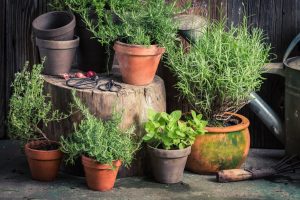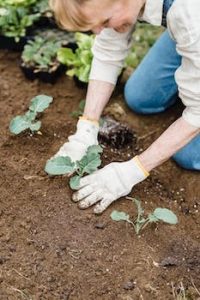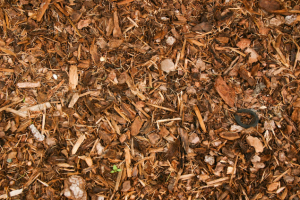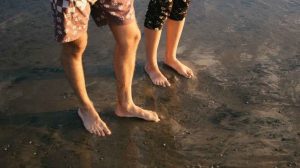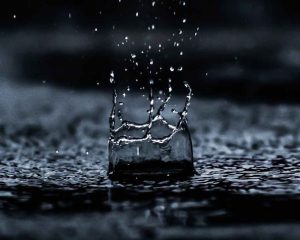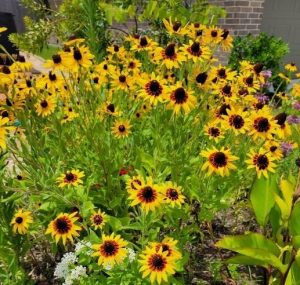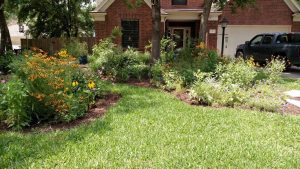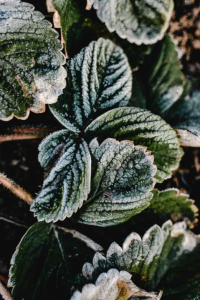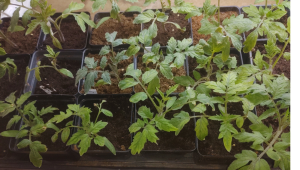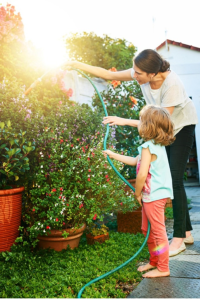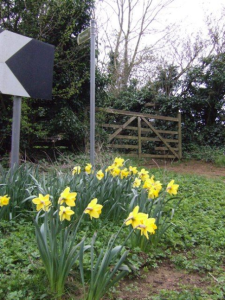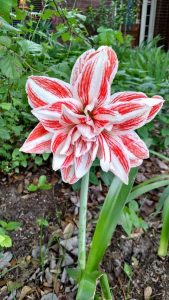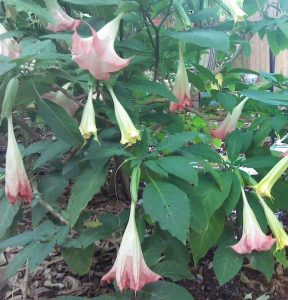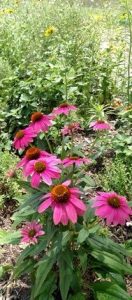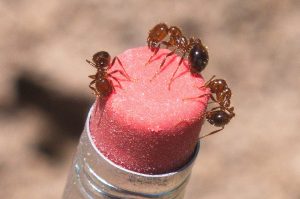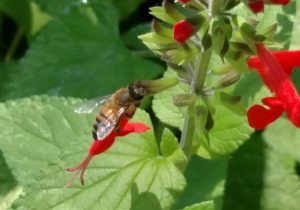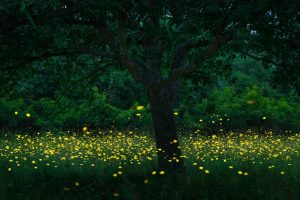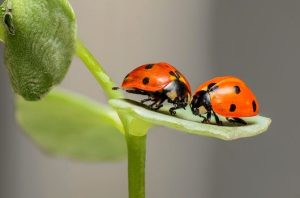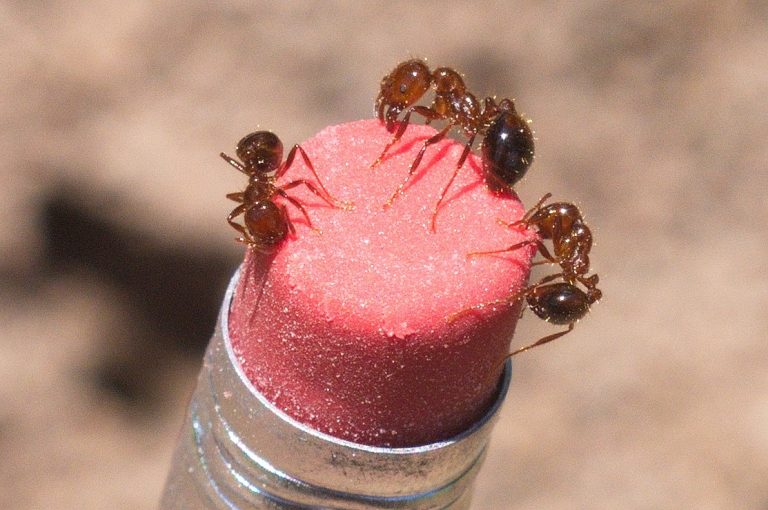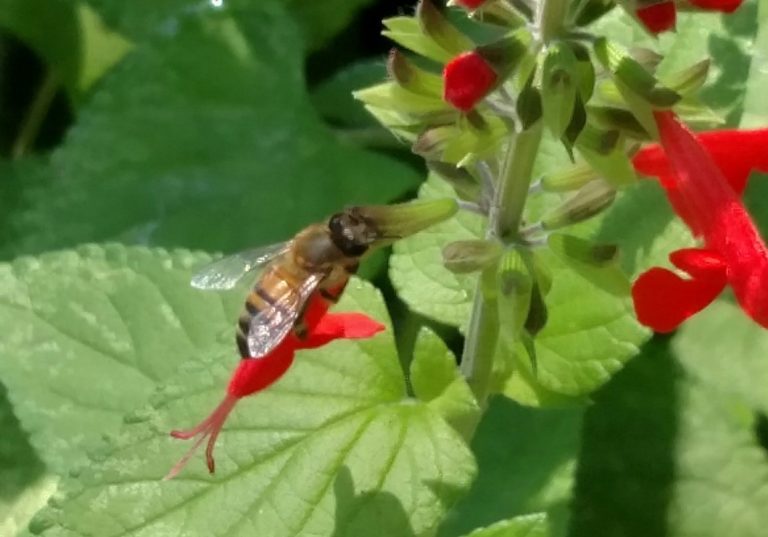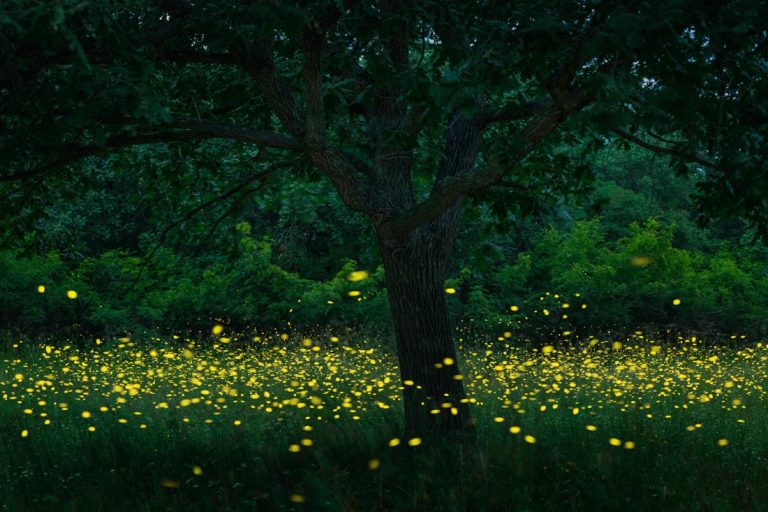Every winter and early spring along the Upper Gulf Coast, weeds begin appearing in even the best-maintained lawns. Chickweed, henbit, burweed, dandelion and other weeds, carried in by the wind, by birds, or merely lying in the soil for years until sprouting, begin their annual blight across our landscapes.
Whatever way they got there, our main concern is “how do we get rid of them?” Don’t despair. Homeowners have many choices to remove and eradicate these annoying plants.
Mow them down before they seed.
Most of the weeds that appear in the lawn in late winter and very early spring can be destroyed completely by simply mowing them down before they form seeds. These weeds are annuals, like corn, tomatoes, begonias, petunias, nasturtiums and others – which means they only live for one year. They propagate their species by making seed and dropping it onto the ground in the spring.
But if these plants are mown before they create seed heads, they cannot propagate. This is the least invasive method of getting rid of weeds in your garden.
Add organic material in spring and fall.
Most lawns here are varieties of St. Augustine turf. St. Augustine is a very rugged, aggressive and durable warm-season grass. Healthy, strong, disease-free St. Augustine will eventually force out weeds. A quarter inch application of organic material, once in mid-October and another in mid-April will help the St. Augustine grass itself to eliminate the weeds.
Pull the weeds.
Work-intensive and probably not the preferred method for homeowners and landscapers alike, this requires a lot of stooping, bending and kneeling. If one seeks a good workout, then this might be an acceptable method.
Pre-emergent herbicides.
I do not recommend chemical herbicides. Herbicides containing benefin, trifluralin, isoxaben, pendimethalin and dithiopyr are effective as pre-emergents do work, but residents must be very careful in their use, read and follow instructions to the letter, avoid run-off (they can cause damage to both fresh and salt water marine life, as well as beneficial microbial life in the soil), and ensure that children and pets are not around when applying. Also, avoid tracking the material into the home. Wash clothes worn during application and run the washing machine empty immediately after washing those clothes.If the above doesn’t scare you or at least get your attention, then you should probably read Rachel Carlson’s book, Silent Spring.
Let the weeds grow.
Although neighbors and covenants would probably object, the adage of “one man’s weed is another man’s flower” does have a certain charm. And, as Emerson said: “What is a weed? A plant whose virtues have never been discovered.”
BT




